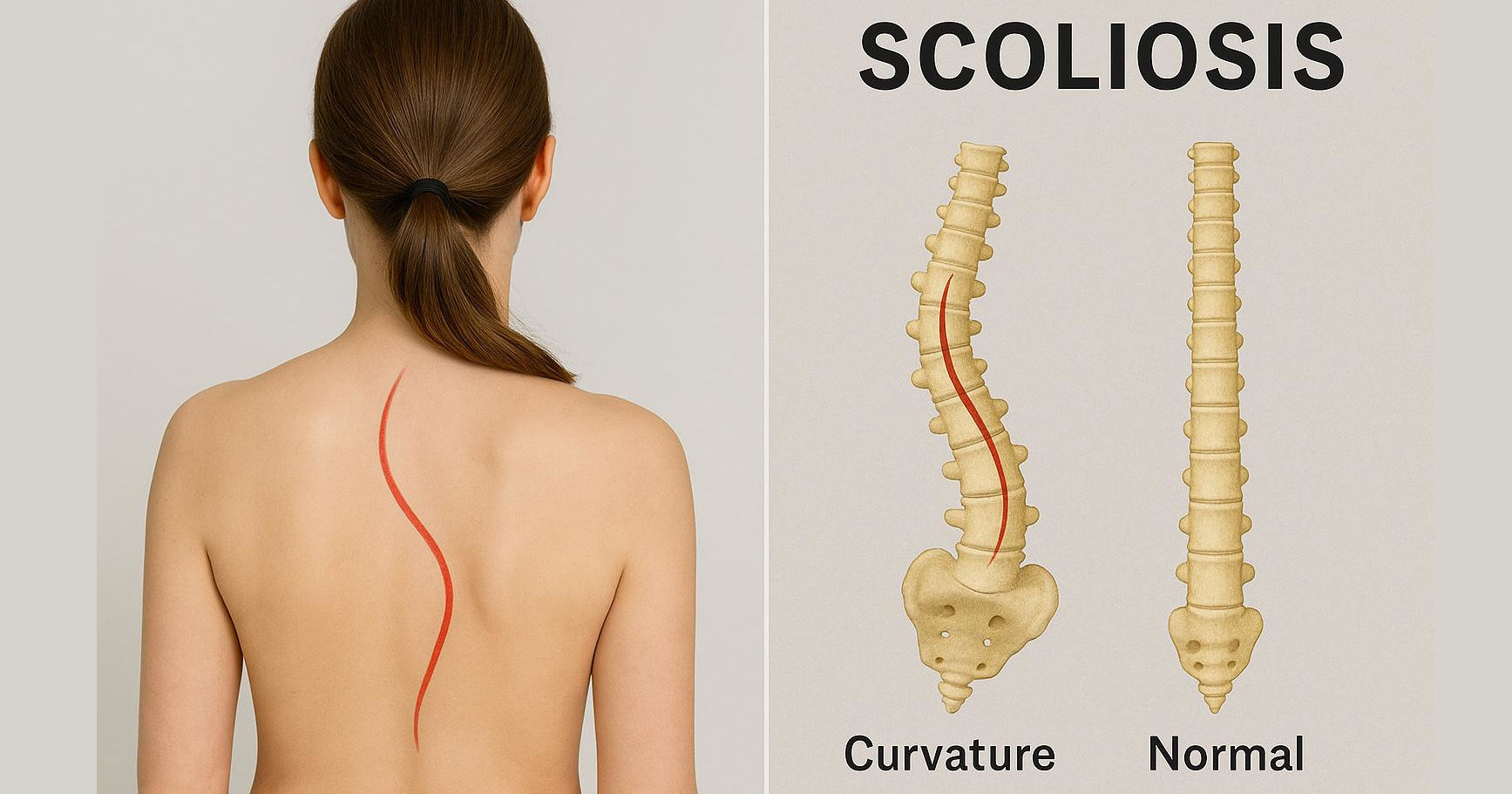
If you are suffering from sciatica, you may find yourself at a crossroads when it comes to treatment options. Sciatica, characterized by pain radiating along the sciatic nerve, can significantly impact your daily life. As you navigate this challenging condition, the decision between surgery and chiropractic treatment can feel overwhelming. Understanding the nature of your symptoms and exploring both avenues is crucial for making an informed choice about your health.
This blog will delve into the differences between surgical interventions and chiropractic care, helping you weigh the benefits and potential risks associated with each option. Whether you're seeking relief from acute pain or looking for long-term management strategies, we aim to provide clarity on how best to proceed in your journey toward recovery.
When is Surgery Recommended for Sciatica?
Surgery for sciatica is typically recommended when conservative treatment options have failed to provide relief, and the symptoms significantly impact a patient's quality of life.
Microdiscectomy involves removing a portion of a herniated disc that is pressing on the sciatic nerve. This procedure is minimally invasive and often results in quicker recovery times compared to more extensive surgeries. Laminectomy, on the other hand, involves removing part of the vertebrae (the lamina) to alleviate pressure on the nerves.
Patients should consider surgery when they experience persistent pain that does not improve with physical therapy, medications, or other non-surgical treatments. Additionally, if there are signs of nerve damage or loss of function in the legs or bladder control issues, surgery may be necessary.
It’s crucial for individuals considering surgery for sciatica to discuss all options with their healthcare provider to determine the best course of action tailored to their unique situation.
The Role of Chiropractic Treatment in Managing Sciatica
Chiropractic care for sciatica focuses on addressing the underlying causes of nerve irritation and pain, often related to spinal misalignments or disc issues.
One of the primary benefits of chiropractic treatment is its emphasis on non-invasive techniques to relieve pain and improve function. Chiropractors employ various spinal manipulation techniques designed to realign the spine and alleviate pressure on the sciatic nerve. These adjustments can enhance mobility, reduce inflammation, and promote overall healing.
Moreover, chiropractic care takes a holistic approach to pain relief by considering not just the symptoms but also lifestyle factors that may contribute to sciatica. By addressing both immediate discomfort and long-term health strategies, chiropractic treatment offers comprehensive support for individuals suffering from sciatica.
Comparing Effectiveness: Surgery vs Chiropractic Care for Sciatica Relief
When it comes to finding relief from sciatica, both surgery and chiropractic care are common options, each with its own set of benefits and considerations. Here’s a comparison of their effectiveness:
1. Surgery
- Immediate Results: Surgical interventions can provide rapid relief from severe sciatica symptoms, particularly when caused by herniated discs or spinal stenosis.
- Invasive Procedure: Surgery involves risks such as infection, blood clots, and complications related to anesthesia.
- Recovery Time: Patients may require significant recovery time post-surgery before returning to normal activities.
- Long-term Outcomes: While many patients experience lasting relief, some may develop new issues or pain over time.
2. Chiropractic Care
- Non-invasive Treatment: Chiropractic adjustments are non-surgical and focus on realigning the spine to alleviate pressure on the sciatic nerve.
- Holistic Approach: Chiropractors often incorporate lifestyle advice, exercise recommendations, and ergonomic assessments into treatment plans.
- Gradual Improvement: Relief might take longer compared to surgery but can lead to sustainable long-term benefits without the risks associated with invasive procedures.
- Patient-Centric Care: Treatments are tailored individually based on patient needs and responses, promoting a personalized healing process.
Ultimately, the choice between surgery and chiropractic care for sciatica relief depends on individual circumstances including severity of symptoms, underlying causes, patient health history, and personal preferences. Consulting with healthcare professionals is crucial in making an informed decision that aligns with one’s health goals.


Dr. Scoppa
Dr. David Scoppa holds a bachelor of science degree in the biological sciences from Susquehanna University in Selinsgrove, PA where he published his first journal article in 1996. He worked as an associate scientist in pharmacokinetics for both Dupont Pharmaceuticals and Bristol-Myers Squibb. In 2006, he earned a Doctorate of Chiropractic Medicine from Palmer Chiropractic College Florida.